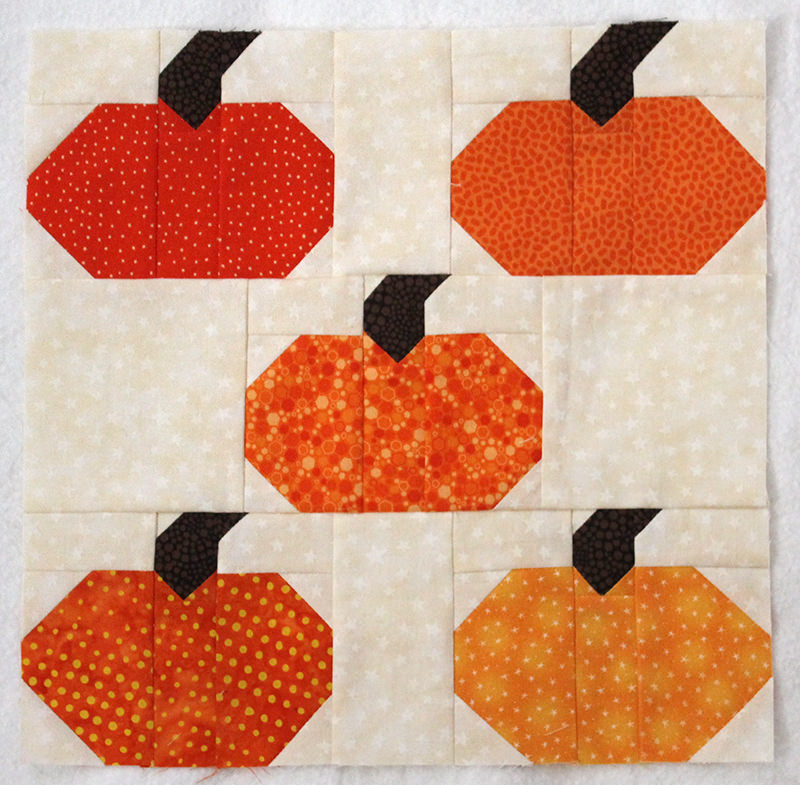

Early chemists realized that fluorine compounds contain an undiscovered element, but were unable to isolate it. The fluorine mineral fluorospar was known as early as 1529. Organobromides are the most important class of flame retardants, while elemental halogens are dangerous and can be toxic. The middle halogens-chlorine, bromine, and iodine-are often used as disinfectants. Most halogens are typically produced from minerals or salts. All of the halogens form acids when bonded to hydrogen. The group of halogens is the only periodic table group that contains elements in three of the main states of matter at standard temperature and pressure, though not far above room temperature the same becomes true of groups 1 and 15, assuming white phosphorus is taken as the standard state. When halogens react with metals, they produce a wide range of salts, including calcium fluoride, sodium chloride (common table salt), silver bromide and potassium iodide. The word "halogen" means "salt former" or "salt maker". In the modern IUPAC nomenclature, this group is known as group 17.


In the off season, place your coat in a clean pillow case for safe storage.The halogens ( / ˈ h æ l ə dʒ ə n, ˈ h eɪ-, - l oʊ-, - ˌ dʒ ɛ n/ ) are a group in the periodic table consisting of six chemically related elements: fluorine (F), chlorine (Cl), bromine (Br), iodine (I), astatine (At), and tennessine (Ts), though some authors would exclude tennessine as its chemistry is unknown and is theoretically expected to be more like that of gallium. Don’t be afraid to fix and repair as you see fit.
Falling blocks quilt pattern Patch#
Patch and mend as necessary! You are adding to the history of the piece. Rinse and repeat with only water until the water is clear.Ĥ. Deep clean as needed doing the following (note: we recommend coats only be cleaned 1x per year, if that): Soak in cold water with a bit of soap. This time outdoors in the wind and sun was how quilts used to be cleaned and still works today. Another method is to lightly wet your garment, turn it inside out and let it hang or lay in the sun for several hours. Spot clean with a bit of soap (we suggest any gentle or plant based one) and cold water.Ģ. Antique garments have been here for decades and with a bit of care can last even more!ġ. Sarah is a cistern of knowledge about quilt history and somewhat of a Jill of all trades.Ĭare Instructions: Remember that you are wearing a piece of history. The quilt coats in the shop are made by Potter's Daughter. Select ShopPay at checkout and pay in 4 interest-free installments but receive your item straight away! The marks of the past are still here in our present. These are parts of the story of the garment and what's lovely about working with old textiles. It is not uncommon to see storage stains, small mends, rips, or tears throughout the garment. The quilts are generally 100 years old or more, so you may find bits of character throughout the piece. Designed to fit a range of bodies and styles.Īs with all antique garments, there are likely to be some spots of wear. Bright cobalt blue falling blocks handmade quilt jacket, a generous cut with shawl collar and front patch pockets and alternate pattern lining.


 0 kommentar(er)
0 kommentar(er)
